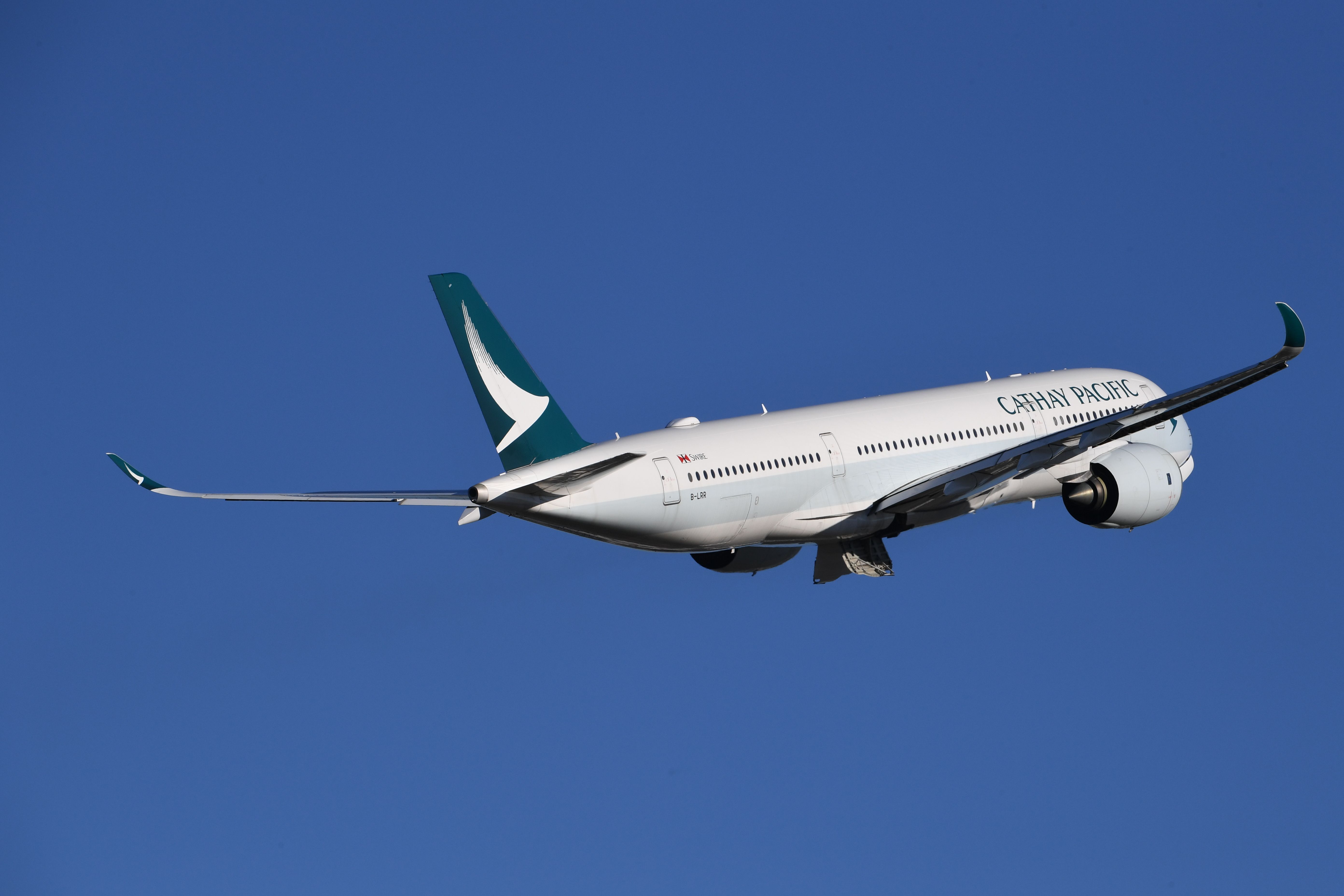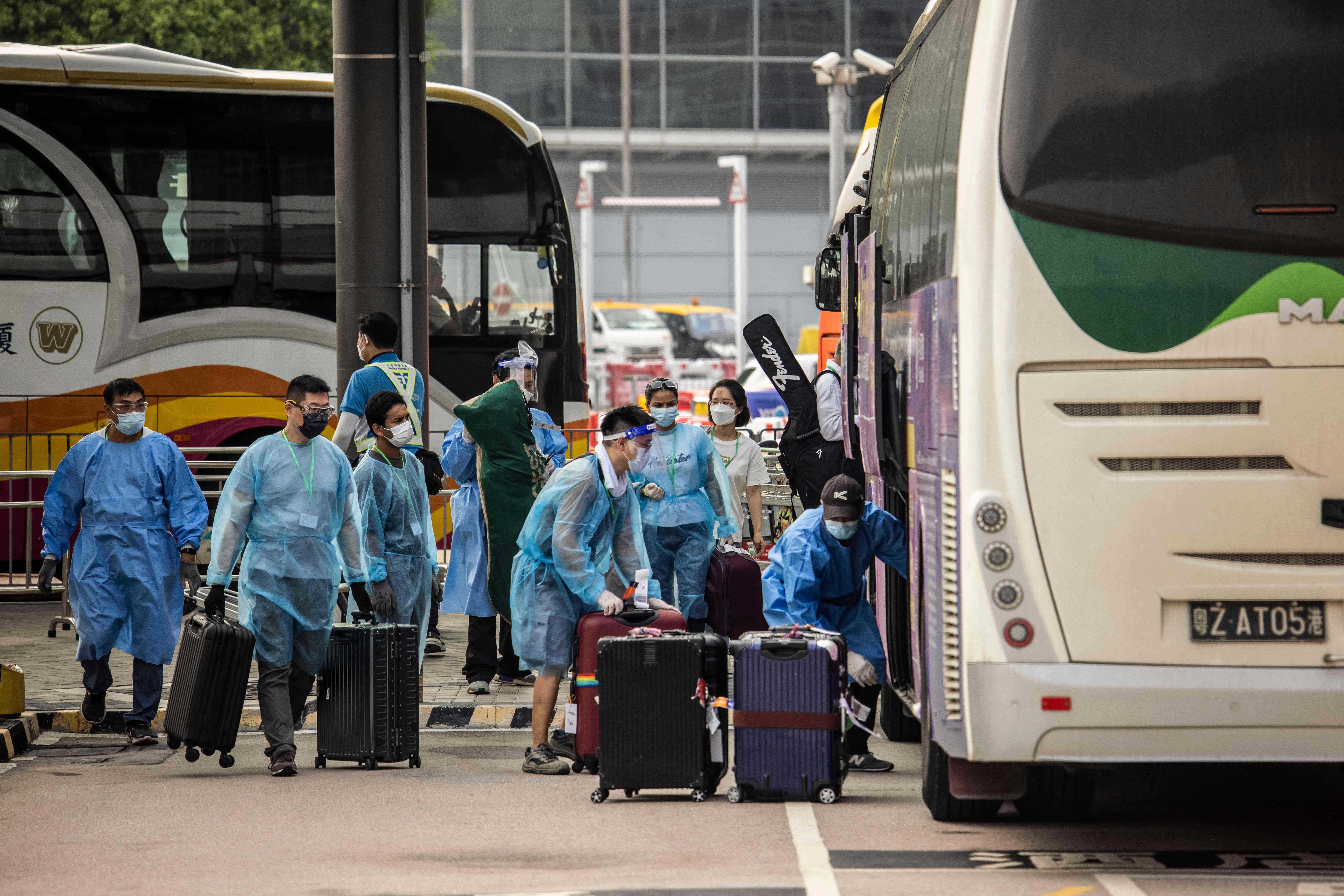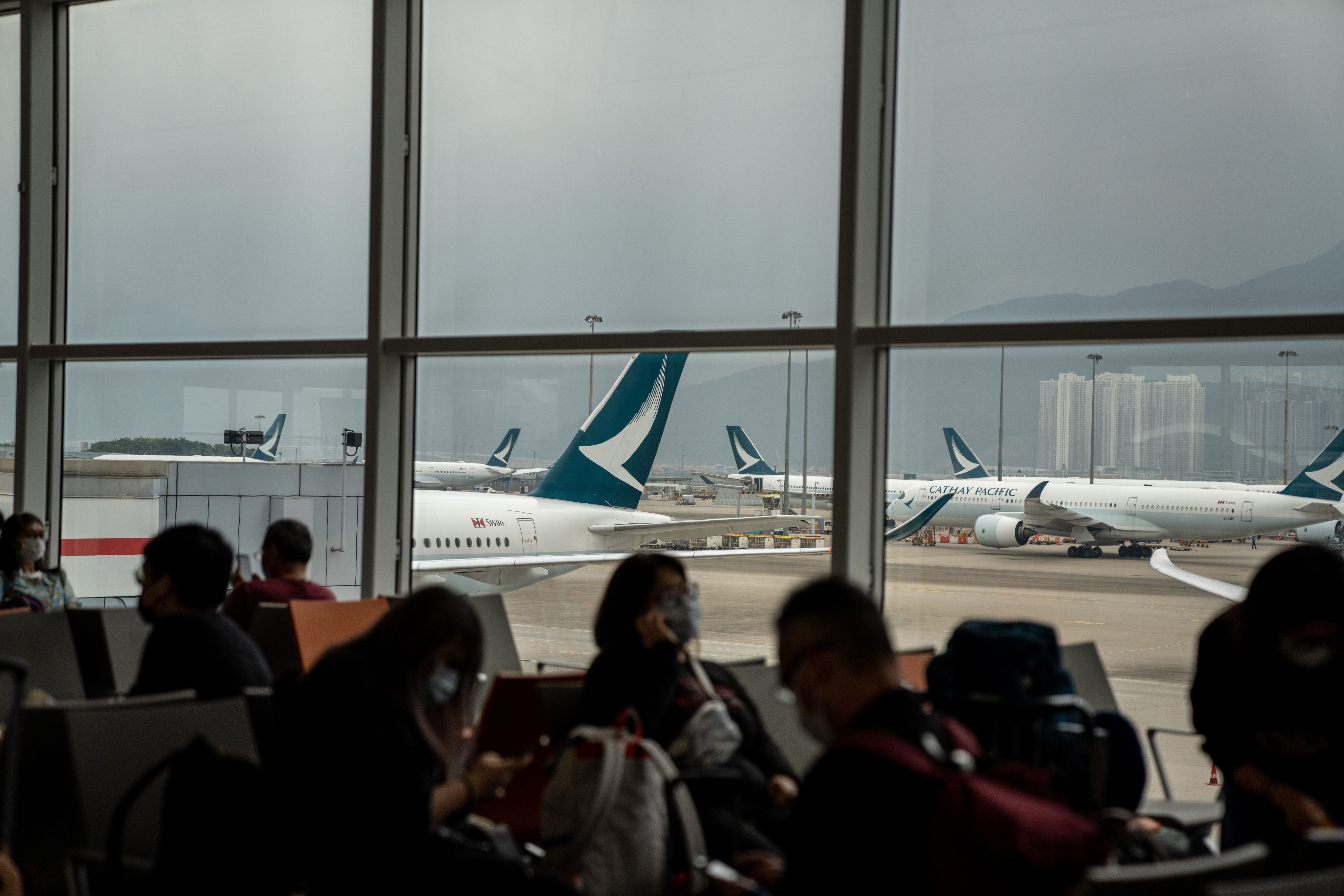After two and a half years, the Hong Kong government will put an end to its controversial COVID-19 hotel quarantine policy for all arrivals. This measure will end next week, on September 26, as reported by media outlets.
Cathay Pacific celebrates
Hong Kong has had one of the strictest COVID-19 travel restrictions worldwide, including mandatory hotel quarantine, health monitoring, and testing. Currently, all international arrivals spend three days in a self-paid hotel followed by four days of self-monitoring. In the past, hotel quarantines were as many as three weeks.
This has led to a slow recovery of the local tourism and airline industry. For instance, Cathay Pacific carried 91.3% fewer passengers in August compared to the same period prior to the pandemic, and it only expects to reach a 33% pre-pandemic capacity by the end of the year.
But these restrictions are coming to an end. As reported by media outlets, the Hong Kong government will end its controversial COVID-19 hotel quarantine policy. Earlier this week, John Lee, the city’s leader, said he wanted Hong Kong to keep connected with the rest of the world. He wants to allow an “orderly opening-up,” which will begin as soon as next Monday.
Get the latest aviation news straight to your inbox: Sign up for our newsletters today.
On Friday, Cathay Pacific welcomed the Hong Kong SAR Government’s latest measures to facilitate travel to the city, “especially the decision to remove the hotel quarantine arrangement for passengers arriving in Hong Kong effective 26 September 2022.
The airline said the relaxation of travel restriction rules will help boost sentiment for travel, facilitating the gradual resumption of travel activities and strengthening network connectivity to, from, and through the Hong Kong International Airport (HKG)
In 2019, prior to the COVID-19 pandemic, the Hong Kong Airport was in the top 20 of the busiest hubs worldwide, having received 71.4 million passengers. Since then, HKG has disappeared from the listing, although it remains the main hub for cargo worldwide, receiving 5.0 million metric tonnes of freight in 2021, surpassing Memphis, Shanghai, and Anchorage.
I want to visit Hong Kong - what do I do?
Starting on September 26, all international arrivals will be able to return home or to the accommodation of their choice. They will have to self-monitor for three days after entering Hong Kong, the government said on Friday.
People will be allowed to go to work or school but will not be allowed to enter bars or restaurants for three days. They will also require to have a preflight negative Rapid Antigen Test replacing the previously needed PCR test. John Lee added,
“We are aiming in one single direction of allowing people to come with more convenience, and they are allowed to go about their activities with maximum possibilities.”
What will Cathay Pacific do now?
Following the announcement, Cathay Pacific has said it intends to add more than 200 pairs of passenger flights in October to both regional and long-haul destinations. For instance, Cathay Pacific will resume daily flights to Tokyo Haneda International Airport from November 1 and four-times-weekly services to Sapporo from December 1. Cathay will also increase flight frequencies to Tokyo Narita to 43 pairs and Osaka to 50 pairs in October.
Other destinations that will have an increase in capacity in October are Seoul, Bangkok, Kuala Lumpur, Manila, Vancouver, Sydney, and Melbourne. For the year's final quarter, “we expect that demand will remain solid going into the fourth quarter. Transit traffic between the Americas and Southeast Asia and India is anticipated to be strong, while traffic between Australia, New Zealand, and other parts of our network is also expected to increase.”
What do you think about the latest announcement from the Hong Kong government? Let us know in the comments below.
Source: Reuters.



